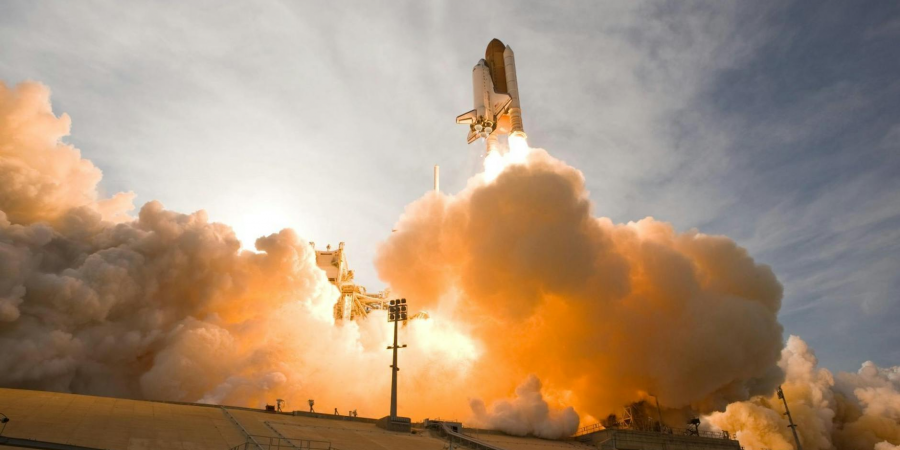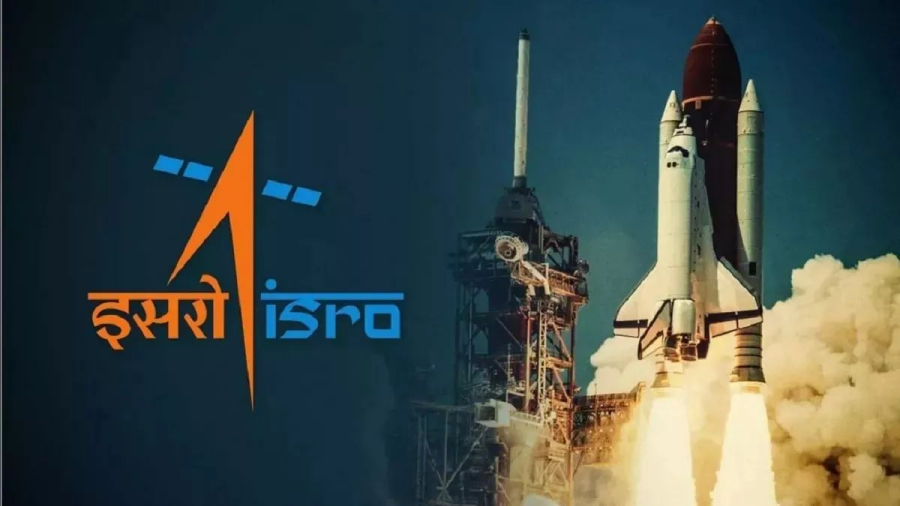


In a remarkable feat of technological prowess, the Indian Space Research Organization (ISRO) successfully launched a cutting-edge satellite into orbit today, marking yet another milestone in India's space exploration journey. The event not only showcases India's growing prowess in space technology but also holds promise for a multitude of applications that will benefit the nation and beyond.
The satellite, named INSAT-IX, was launched aboard the reliable GSLV Mk III rocket from the Satish Dhawan Space Centre in Sriharikota. The GSLV Mk III, often referred to as the "Bahubali," is one of ISRO's most powerful rockets, capable of carrying heavy payloads into space. This launch demonstrates India's proficiency in handling sophisticated space missions and positions it as a key player in the global space community.
INSAT-IX is a state-of-the-art communication satellite designed to enhance and expand India's communication infrastructure. The satellite is equipped with advanced transponders and communication payloads, allowing it to provide a range of services, including high-speed internet, broadcasting, and telecommunication services across the country. This development is a significant step forward in bridging the digital divide and bringing connectivity to remote and underserved areas.
One of the key features of INSAT-IX is its ability to provide reliable and secure communication during natural disasters and emergencies. The satellite is equipped with advanced disaster recovery systems, enabling it to play a crucial role in coordinating rescue and relief operations. This capability aligns with ISRO's commitment to leveraging space technology for the betterment of society and addressing real-world challenges.
Moreover, the successful launch of INSAT-IX reinforces India's commitment to environmental sustainability. The satellite is equipped with advanced sensors and monitoring instruments that will contribute to climate research and environmental monitoring. This underscores ISRO's dedication to utilizing space technology for the greater good, including addressing global challenges such as climate change.
The launch of INSAT-IX also opens up new opportunities for collaboration with international partners. As India continues to make strides in space exploration, it becomes an increasingly attractive collaborator for other space agencies and organizations. The exchange of knowledge, expertise, and resources in the field of space technology can lead to groundbreaking advancements and foster a spirit of global cooperation.
In conclusion, ISRO's successful launch of the INSAT-IX satellite marks a momentous achievement for India's space program. The satellite's versatile capabilities, ranging from improving communication infrastructure to contributing to environmental research, highlight the multifaceted benefits of space technology. As India continues to reach new heights in space exploration, the world watches with anticipation, recognizing the nation's growing role in shaping the future of space science and technology.
